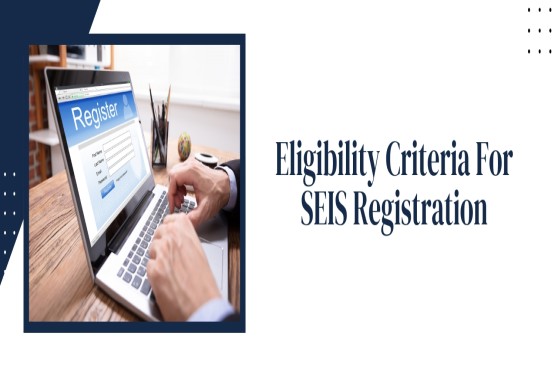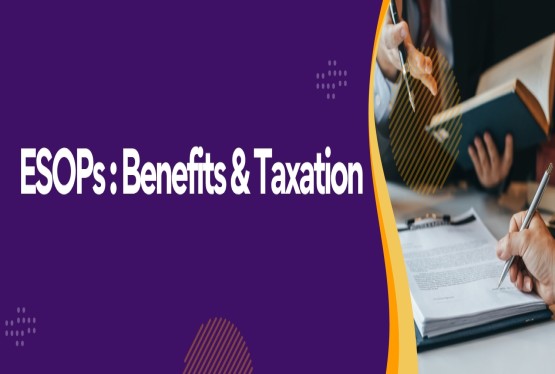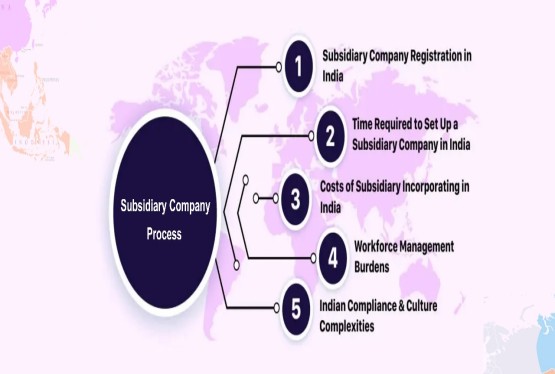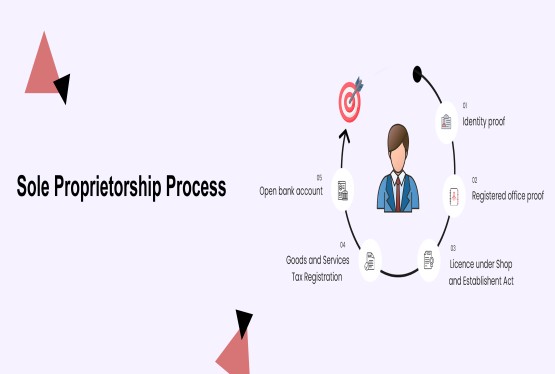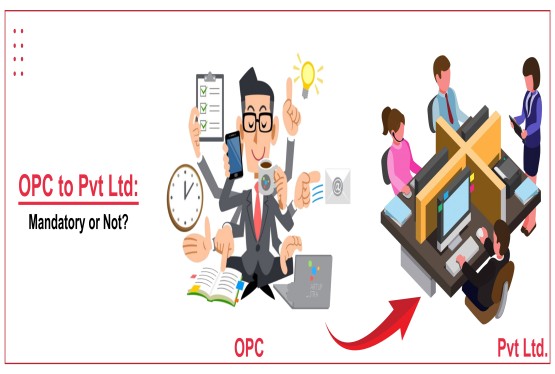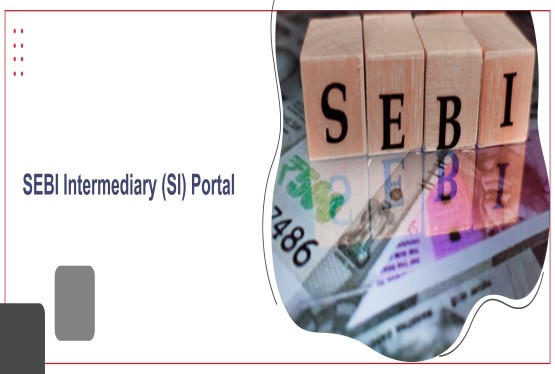Registration of Foreign WOS and Subsidiary Company, what is the Difference between these two ?
WOS (Wholly Owned Subsidiary) Company is one that is fully owned by another company and holds 100 percent of the Company’s shares, having the entire share capital owned by another Indian or foreign company under the provisions of the Companies Act, 2013, whereas if the parent company owns between 51 to 99% shares of another company, it is said to be subsidiary company.
WOS is different from a Subsidiary Company implicating that it is not independently owned, but instead is wholly owned by the parent company. Wherein, Subsidiary means a company registered in a foreign country but which is majority-owned by another company.
For instance, if your company is based in the UK, and you want to expand business in India, in that case, one should establish an Indian subsidiary. In spite of operating under the direction of the parent company, it is a separate and distinct legal entity. The subsidiary company can enter into contracts, own property, and sue independently. Another example of a subsidiary company is Instagram which is owned by Facebook (Now called as Meta), the most commonly seen practice is where the foreign companies form a WOS in India under the rules and regulations of the Companies Act of 2013.
Formation Requirements for WOS of a Foreign Company in India
-
At least one of the Director must be an Indian citizen, being resident of India to form an Indian subsidiary company or WOS;
-
Minimum 2 shareholders, one nominee shareholder on behalf of the holding company.
-
Shareholders can be any individual or body corporate or combination of both.
-
Just Example if “Company A” is holding 100% shares of “Company B” (WOS) then Company “A” should appoint someone as Nominee Shareholders of 1(one) share at least for and on behalf of “Company A” which is Holding Company just to have fulfillment of the requirement of minimum 2 shareholders in Private Company.
-
Any Individual or body corporate can hold legal title to shares under Nominee Shareholders. A minor can also become a nominee shareholders.
Incorporation of WOS through MCA
The Company registration and incorporation of the proposed WOS shall be filed using Form Spice+ Part B and C available on the website of The Ministry of Corporate Affairs (MCA). The web-based application form permits below services apart from incorporation of the WOS:
-
DIN (Director Identification Number) allocation
-
Issuance of Permanent Account Number (PAN)
-
TAN (Tax Collection Account Number)
-
Profession Tax registration
-
Opening a current bank account
-
Goods and Service Tax registration (GST) Registration
Step-by-Step Guide for incorporating a WOS
» Apply and obtain Digital Signature Certificate (DSC) for the proposed directors of Class-3 category from any certifying authority.
» Apply for the name reservation in form SPICe+ Part-A, which permits two single applications for the WOS to be registered.
The Documents required for name reservation are:
-
Resolution of the foreign company (duly apostilled)
-
The Charter (MOA) of the foreign company (duly apostilled)
-
No objection certificate (NOC) from the foreign company to use its own name (duly apostilled)
-
If foreign company its trademark, then copy of the trademark registration certificate (duly apostilled)
-
Incorporation of the WOS by filing the SPICe+ Part-B and C for the services as discussed above
How to Reserve a Company Name in India at MCA ?
The documents required with the web form stated below are to be duly notarised and apostilled.
-
Board resolution by the Foreign Company, stating the details such as, Name and designation of the authorized representative, Details of the proposed director, Proposed capital structure of the company, Subscribers/ Investors details.
-
Identity proof of representatives
-
Identity proof and address proof of directors
-
Charter (MOA) and AOA of the foreign holding Company
-
Particulars of nominee of the share of the foreign company
-
Business activity of the company with subscriber sheet
-
Address proof of registered office of the company to be situated in India (not notarised)
-
Utility bill of registered office not older than two months (not notarised)
Annual Compliance under Companies Act, 2013
Every Private Limited Company registered under the Companies Act, 2013 is required to comply with some post incorporation compliances including a set of mandatory annual compliances to maintain its active status and avoid penalties, which include holding at least one Board Meeting every quarter, conducting an Annual General Meeting (AGM) (if applicable), maintaining statutory registers and records, and filing key forms such as MGT-7 (Annual Return) and AOC-4 (Financial Statements) with the Registrar of Companies (ROC). Moreover, the company must ensure timely filing of Income Tax Returns, TDS returns, and, if applicable, GST returns, along with conducting a statutory audit of accounts. Non-compliance of INC-20 and other compliances if any, can attract hefty penalties, disqualification of directors, and even strike-off (closure of Company) proceedings by the ROC:
-
Board meeting: First board meeting within 30 days of incorporation and held at least four board meetings in one financial year per the provisions of the Act, where the maximum gap between two meetings shall not be more than 120 days.
-
Subscription money: After receiving the Subscription money in the bank account, the share allotment process shall be done duly during the board meeting held.
-
Share certificates: Issue the share certificates to the subscribers of the WOS within a period of 60 days of incorporation of the WOS and duly payment of the stamp duty within a period of 30 days from issuance of the share certificates.
-
Beneficial Interest: The person whose name appears in the register of members, and deems to have the beneficial interest for the shares registered under his/her name is called beneficial owner. Section 89(10) defines the beneficial interest in share. In some cases, it may belong to some other authorise person too. However, below are the reporting obligations to be made to stay compliant, else consequence of failure of the declaration takes place.
Reporting obligation by registered owner and the beneficial owner -
-
Registered owners: Registered owners are the ones whose name is entered in the register of members shall make a declaration in form MGT-4 within 30 days from the date the name is reflected in the register of members, entailing the details of particulars of name, specify the name of person who holds beneficial interest. Further, for any changes, the Declaration shall be made in form MGT-4 within 30 days of such changes that occur within the WOS Company.
-
Beneficial owners: Beneficial owners are the ones whose name appears in the register of members and they hold the rights in the share. Declaration in form MGT-5 shall be made within 30 days after acquiring such beneficial interest in the shares, specifying the details as prescribed. Further, for any changes Declaration shall be made in form MGT-5 within 30 days of any such change that occurs within the WOS Company.
Note: If the beneficial owners hold more than 10% of the shareholdings or voting rights of the company either directly or indirectly, it shall be deemed as Significant Beneficial Ownership (SBO). The SBO’s need to make a declaration in Form BEN-2 (SBOP Compliance) regarding their beneficial ownership in the shares of the company within 60 days from the date on which the shares were allotted or transferred to them under the provisions of Section 90 of the Act. There are other BEN forms to be considered and fulfilled when attracted as an SBO.
- Declaration by the Company: After receiving such declaration from the registered owner and beneficial owner, the company shall make a declaration in e-form MGT-6 (Nominee Compliance) with the Registrar of the Companies within 30 days from the date of receipt of such declaration per the provisions of Section 89 of the Act. Further,, there are certain exemptions provided to companies which are licensed to operate by RBI, SEBI, IRDA, IFSC, SEZs etc companies where the timeline is 60 days from the date of receipt of declaration as approved.
-
First Auditor: Appointment of first auditor and Filing ADT-1 - WOS shall appoint the first auditor within the period of 30 days from the date of company registration in India and filing of the necessary forms with the ROC.
-
Directors disclosure: Disclosure of Director’s interest - WOS directors shall give their disclosure of interest in the first board meeting in format prescribed in form DIR-2 as outlined per the Section 184(1) of the Companies Act 2013 along with the declaration of not having any disqualification after being the director per the rules and regulations of the Act.
-
Printing of stationery: Printing and maintaining of the Statutory registers, letterheads, common seal of the WOS, Name board, share certificates (SH-1), MOA (INC-33) and AOA (INC-34).
-
Annual general meeting (AGM): AGM to be held within nine months from the end of the closure of the first financial year and subsequent annual meeting shall be held within six months from the closure of subsequent fiscal year to pass the resolutions proposed.
-
Annual filings - AOC-4 & MGT-7 Filing with MCA: Annual filings are mandatory to be filed such as financial statements within 30 days from the date of the annual general meeting in e-form AOC-4 and annual return within 60 days from the date of annual general meeting in e-form MGT-7 as prescribed by the ROC.
-
Commencement of business declaration - INC-20 A Filing: Declaration of commencement of business in Form INC-20A within 180 days of incorporation and further seek authority to obtain necessary license for running the business in accordance with provisions laid under the Companies (Amendment) Ordinance 2018, Section 10A.
Compliances per FEMA Act, 1999
-
ARF Form in EMF: Intimation to RBI through AD Bank for the Advance Remittance in ARF form 9EMF Filing) within a period of 30 days from the date of subscription money received from the subscribers.
-
FC GPR Reporting for FDI: Intimation to RBI for share allotment by filing the online form FC GPR through the AD Bank within a period of 30 days from the date of allotment of shares to the subscribers.
-
FLA Return: Filing of FLA return if the WOS has received any FDI in any previous years on or before July 15 every year disclosing the foreign assets and liabilities.
-
FCTRS Reporting: Filing of form FC TRS in case of Transfer of Shares of Indian Company with RBI through AD bank incase of any transfer of share from resident to non-resident or vice-versa within a period of 60 days from the date of receipt of consideration.
Further, the Importer exporter code (IEC) is to be obtained if business involves any import or export of business goods and services. Also, obtain the GST registration and trademark registration for future correspondence to be issued by the Government of India.
Before setting up a WOS or a subsidiary in India, you’ll need to consider multiple factors and identify the sector or industry to be entered. RBI FEMA regulations in India for FDI are different for different sectors, so obtaining prior approval from the Reserve Bank of India (RBI) before establishing your business presence is essential based on the nature of business and transaction.
Thus, establishing a WOS or a subsidiary in India is a little complicated process, as one expands its business the right guideline is needed to understand the Indian law, having time and money. Further another layer of complexity is added by the fact that rules and regulations vary by different state and region. Let our professional experts at Compliance Calendar help you with setting and establishing your WOS and catering to all compliances per the law.












_crop10_thumb.jpg)





_crop10_thumb.jpg)



























-Form_crop10_thumb.jpg)

_crop10_thumb.jpg)























_learn_crop10_thumb.jpeg)
































_crop10_thumb.jpg)

_crop10_thumb.jpg)





















_crop10_thumb.jpg)















_for_Foreign_Directors_learn_crop10_thumb.jpeg)




_Act,_2015_learn_crop10_thumb.jpg)
































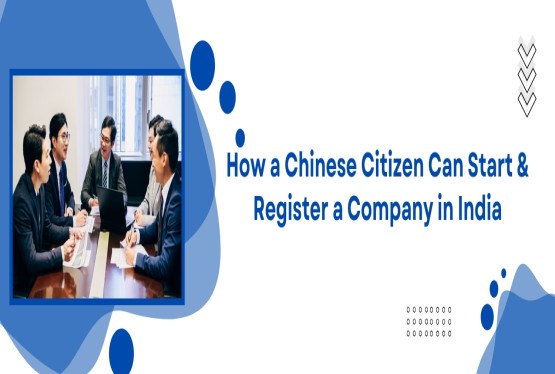
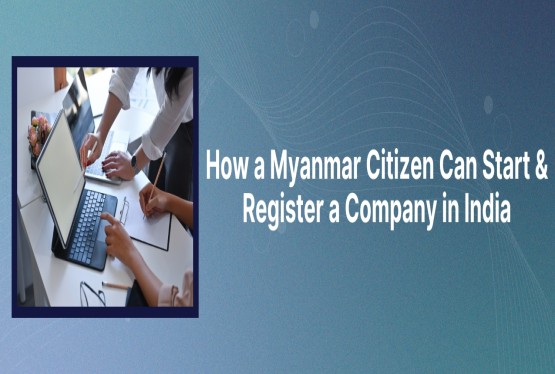

_learn_crop10_thumb.jpg)


